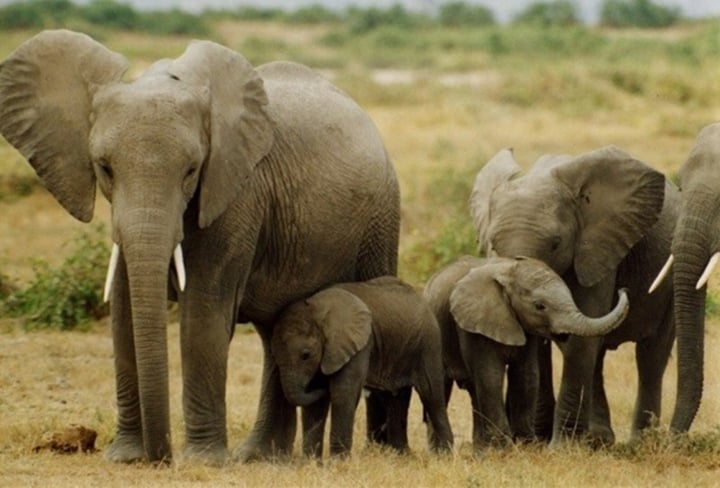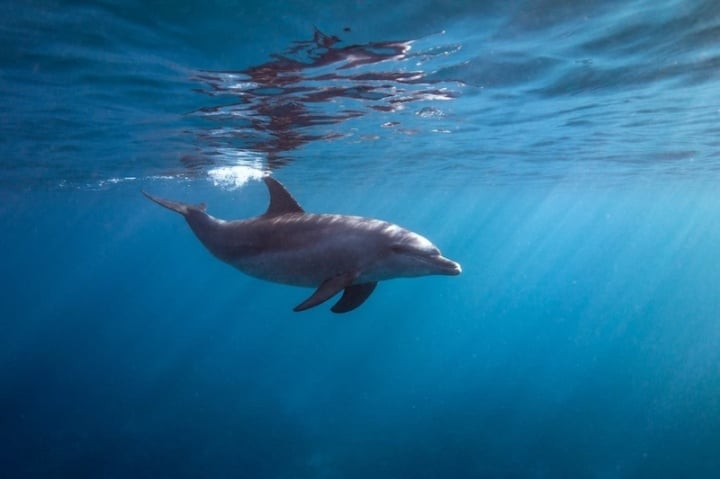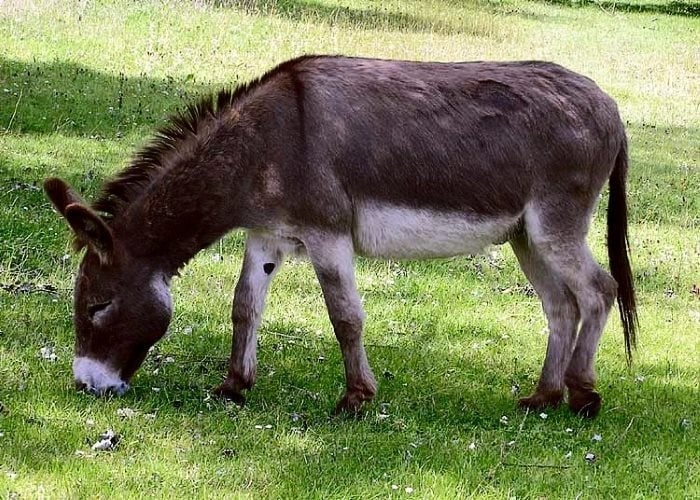There is one thing that almost all animals do, and that is sleep, but the animals that sleep the least in the world have a special way of surviving.
Elephant
According to the journal PLOS One, one of the animals that sleeps the least on Earth is the elephant.
On average, these giant animals sleep only two hours a day. What's remarkable is that their brains are not affected by sleep deprivation.
"In captivity, elephants sleep for about four to six hours, but we have monitored their sleep in the wild. Wild elephants sleep for only two hours a day, which is a record for a mammal. This is probably due to their large body size, plus it seems that elephants dream only once every three to four days," said Paul Munger from the University of the Witwatersrand in Johannesburg, South Africa.
Such short sleeps make elephants interesting animals to study, he said. Biologists will be able to learn how the body copes with the negative effects of sleep deprivation. These findings could help scientists find the origins of insomnia as well as ways to treat it.

Elephants may sleep only two hours a day.
Shark
Standing at the top of the list of animals that sleep the least in the world is the shark. Whether hibernating or in their free time, these mysterious creatures only sleep lightly. The main reason they cannot sleep deeply is because every time they breathe, water passes through their gills, requiring their bodies to work. Sharks can live an average of 25 years.
Sharks usually have 5-7 gill covers. Many people think that they have to move constantly to keep water flowing into the gills, ensuring respiration, otherwise they will die from lack of oxygen. But in fact, people can keep a shark in one place for a long time without any harm, as long as it does not panic. This can be clearly seen in its relatives, which are usually sedentary species, such as rays.
Dolphin
Female dolphins have to be on guard because their babies don’t sleep for the first 30 days of their lives. It may sound crazy, but these babies are full of energy and love to explore their surroundings. A new study has revealed a surprising ability of dolphins: They can stay awake for days or weeks at a time without sleeping.
That's because dolphins have a very special sleep mechanism. They can let half of their brains rest at a time while the other half stays awake - a process called "Unihemispheric sleep". This special sleep mechanism not only helps dolphins avoid drowning, but also allows them to stay alert to any danger and even encourages brain growth.
In addition, dolphins use the toxins of their prey as "drugs". We know that pufferfish are highly toxic. Apparently dolphins know this too, but they use it for "high" purposes. Normally, pufferfish toxins are deadly. However, in small doses, it can act as a drug. The BBC once filmed a scene in which dolphins gently played with a pufferfish for 20 to 30 minutes, then hung around and acted "strangely".

Dolphins have a very special sleeping mechanism.
Walrus
Walruses can spend up to 84 hours swimming continuously, and when they get a chance to rest, they sleep by floating on the surface of the water, lying along the shore against something in an upright position. They can spend anywhere from 2 to 19 hours resting, sleeping in short naps of 3 to 23 minutes.
Walruses will sometimes forage in places where there is no ice or land nearby to nap. That’s why they have “pharyngeal pouches” – air sacs on their throats that inflate like pillows! Once these sacs are filled with 50 liters of air, walruses can sleep on the seafloor, remaining upright and safe from drowning thanks to their portable air pillow.
Migratory birds
One of the animals that sleep the least in the world is the migratory bird. These birds have been recorded flying for days at a time. When they reach land, they go into a sea lion-like sleep and sleep for up to 13 hours straight.
The control of migration, timing, and response in birds is genetically controlled and appears to be a primitive trait present even in non-migratory birds. The ability to orient and self-orient during migration is a much more complex phenomenon, possibly involving both endogenous and learned programs.
Deceive
Since donkeys are used for transport, they travel a lot and only sleep for 3 hours a day. They wake up easily, so don't expect to see them sleeping.
The donkey (Equus asinus) is a mammal in the family Equidae, a family of odd-toed ungulates. The wild ancestor of the donkey is the African wild ass (E. africanus). Donkeys have been used as working animals for at least 5,000 years. There are now over 40 million donkeys in the world, mainly in less developed countries, where they are used primarily as draft and pack animals. Donkey work is often associated with people living at or below subsistence level. A small number of donkeys are kept as livestock in developed countries.

Since they are used to transport goods, donkeys move a lot and only sleep 3 hours a day.
The image of the donkey is mentioned in culture, religion, caricature and literature, the image of the donkey is popular in Western and Middle Eastern cultures, especially in Judaism and Catholicism. In life, donkeys have served humans devotedly for thousands of years. On the one hand, they are considered a symbol of humility, gentleness and peace, but on the other hand, people often refer to donkeys with unsympathetic words such as: "You donkey" or "working hard like a donkey (donkeywork)" or "The donkey likes heavy loads" tells the story of a donkey that refuses to move when the load on its back is not heavy enough, only when a heavy load is placed on its back will it move or is a symbol of clumsiness, stupidity, stubbornness, and stubbornness.
Ahn (Synthesis)
Useful
Emotion
Creative
Unique
Wrath
Source





































































































Comment (0)